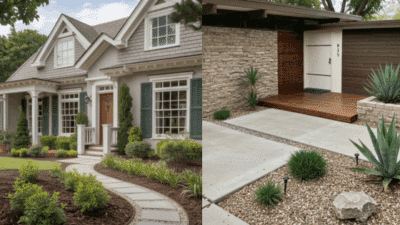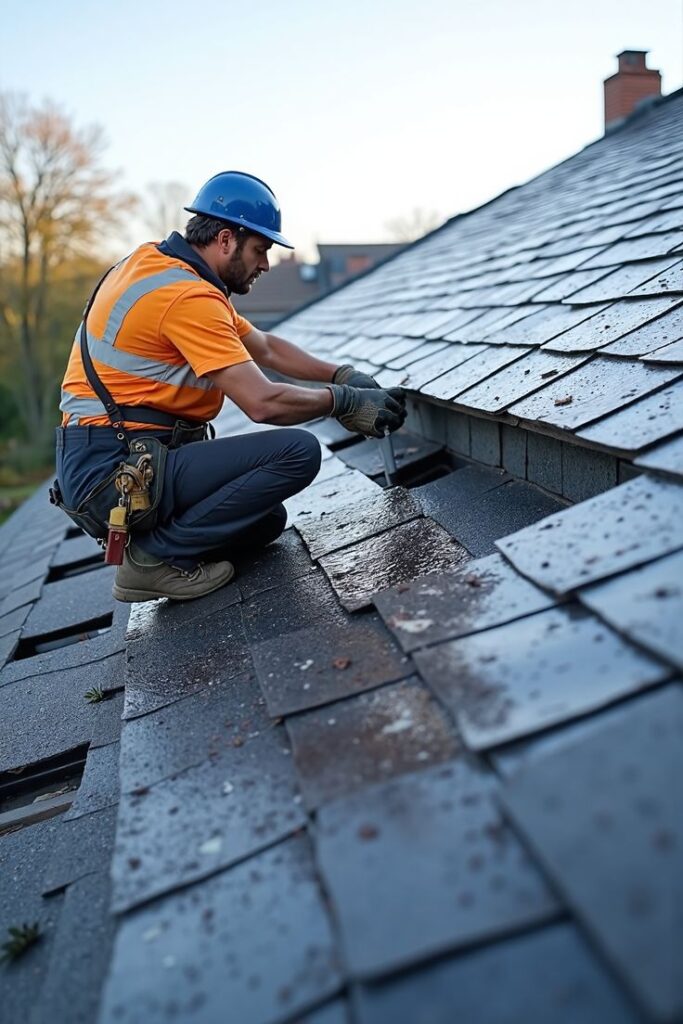

Key Takeaways
- Conduct a professional roof inspection to identify damage and determine the necessity of replacement.
- Choose roofing materials suited to climate, budget, and aesthetics for long-term durability.
- Prepare a detailed budget and timeline, accounting for labor, materials, permits, and potential delays.
- Protect your property and valuables before work begins to prevent accidental damage.
- Ensure all permits and local regulations are addressed before installation starts.
- Address hidden damage promptly during old roof removal to prevent future issues.
- Verify proper installation techniques for underlayment, flashing, and final materials.
- Schedule a final inspection and cleanup to confirm quality and safety.
- Plan for weather delays and unexpected repairs with contingency funds.
- Maintain your roof with regular inspections and gutter care to prolong its lifespan.
Introduction


Planning a roof replacement is a significant investment and essential to home maintenance. Understanding the key steps of the process can help you feel confident and informed from start to finish. Whether dealing with leaks, aging materials, or storm damage, knowing what to expect makes setting proper timelines and budgets easier. Consult with seasoned professionals like Deltaservices.com for expert advice and service to ensure every detail is handled carefully.
Roof replacement doesn’t have to be overwhelming when you know what’s involved. Homeowners who understand each phase—from initial inspection to ongoing maintenance—are prepared for all outcomes, avoiding unnecessary surprises. The right approach and informed planning turn a disruptive necessity into a smooth home improvement experience.
In this guide, we’ll walk you through each major stage of the roof replacement process, highlight common challenges, and provide solutions to make your project as seamless as possible. Preparation can dramatically reduce stress and ensure your new roof will offer maximum protection and value for years.
Initial Assessment and Planning
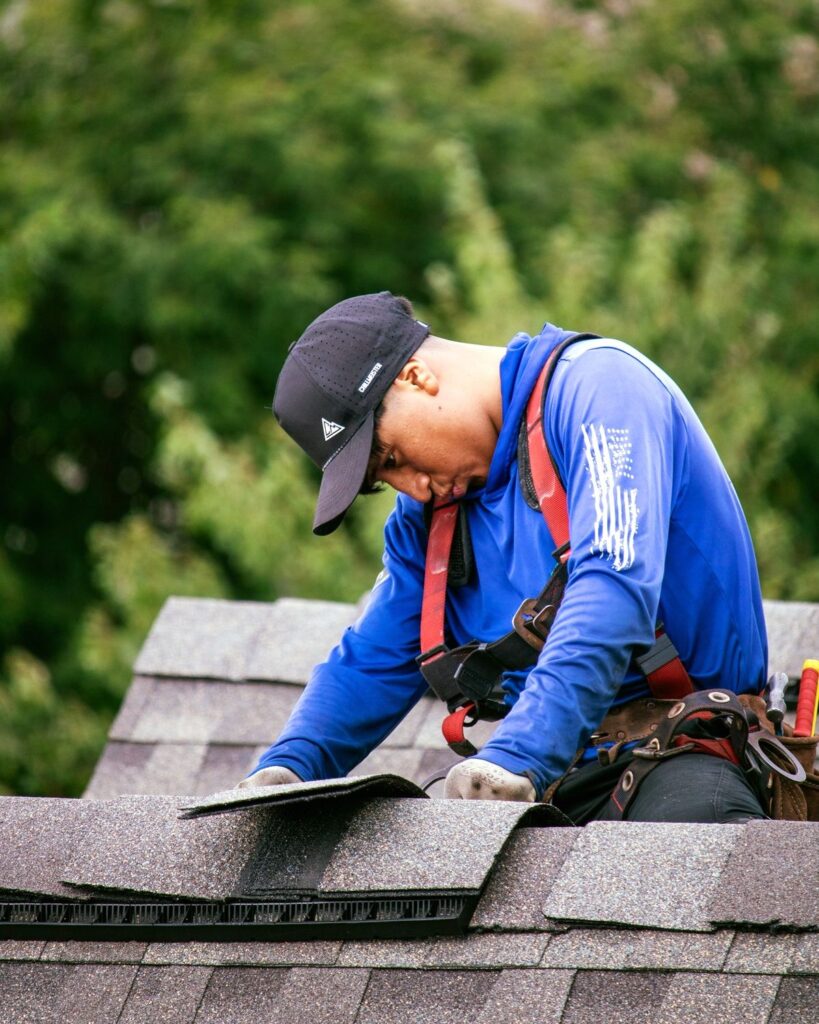
Professional Inspection
The first step in the roof replacement process is a detailed professional inspection. An experienced contractor will assess your current roof for any signs of damage, including broken shingles, algae growth, soft spots, or structural concerns that could complicate installation. If you doubt whether you need a new roof, this inspection delivers a reliable verdict. The National Roofing Contractors Association also recommends regular inspections to detect problems early and plan for repairs or replacement in advance.
Material Selection
Once damage and scope are determined, choosing the right roofing material is next. Asphalt shingles, metal panels, wood shakes, slate, and tile have distinct advantages and price points. Factors such as local weather, roof pitch, aesthetics, and budget play a role in selecting materials. Your contractor can guide you through these options, ensuring your roof matches your needs and your home’s character.
Budgeting and Scheduling
Accurate budgeting is crucial. A trustworthy roofing company will provide a detailed estimate covering labor, materials, permits, and disposal fees. They will also supply a timeline that accounts for their current workload and projected weather conditions, so you know exactly when work will start and how long it will take.
Preparation Before Installation
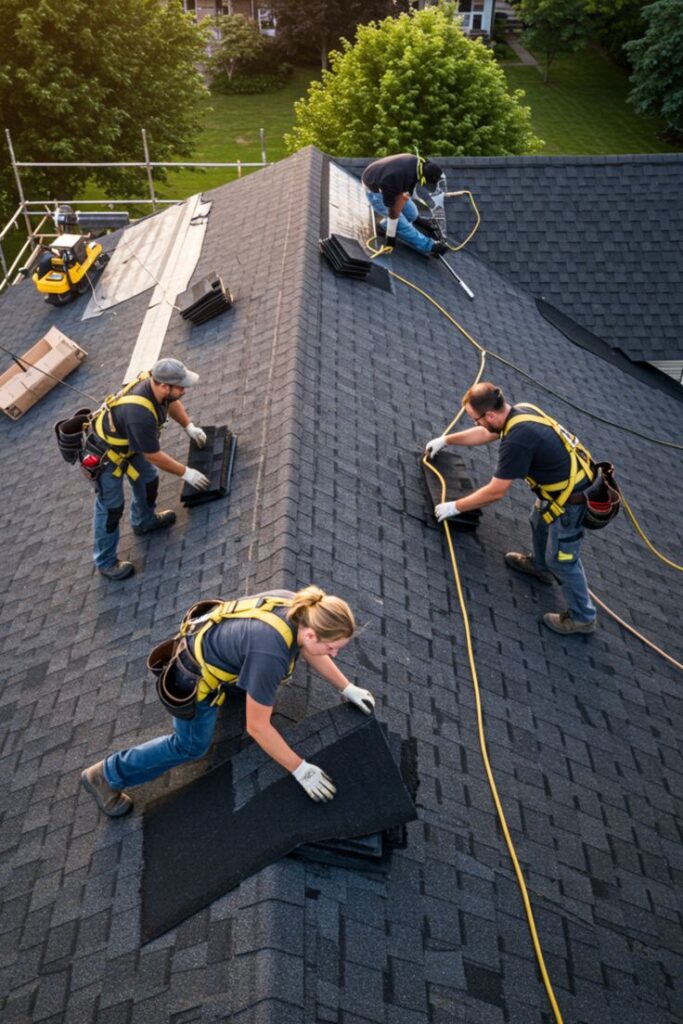
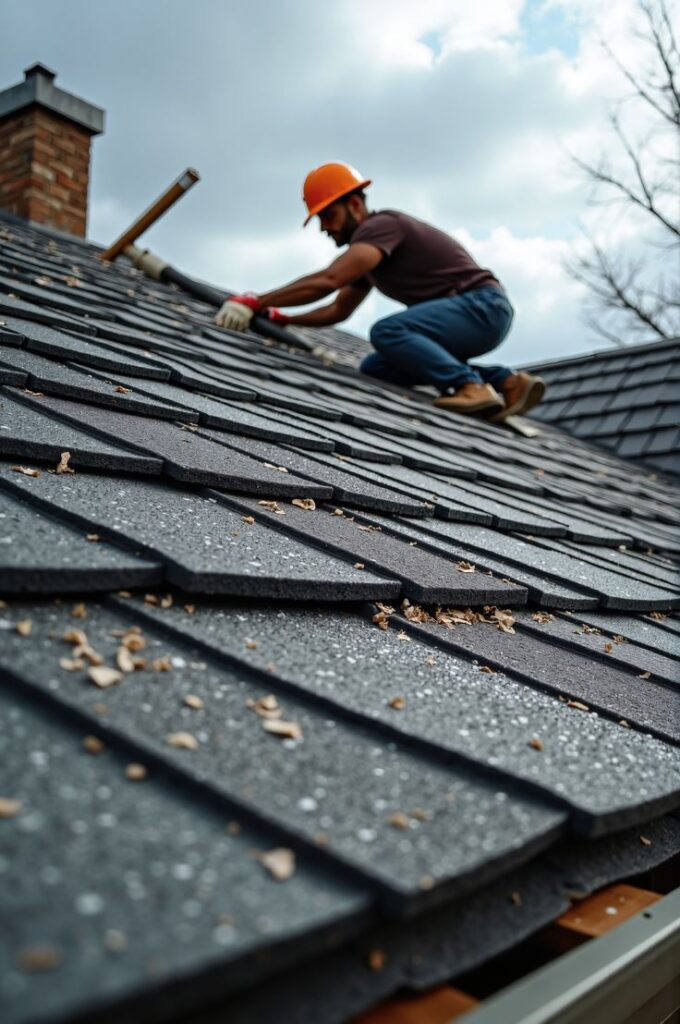
Property Protection
Preparing your property is a key element that many homeowners overlook. Move outdoor furniture, grills, potted plants, and any decorative items away from the work area. Cover valuables stored in the attic to protect against dust or debris that may fall during the project. Taking photographs of your landscape and home exterior beforehand can also help resolve any issues should they arise after installation.
Permit Acquisition
Construction permits are essential for full compliance with local ordinances. Your chosen contractor should acquire all necessary permits and ensure the project meets safety and zoning regulations. Skipping this step can result in costly fines or forced modifications later, so verify permit status before any work begins.
During the Roof Replacement
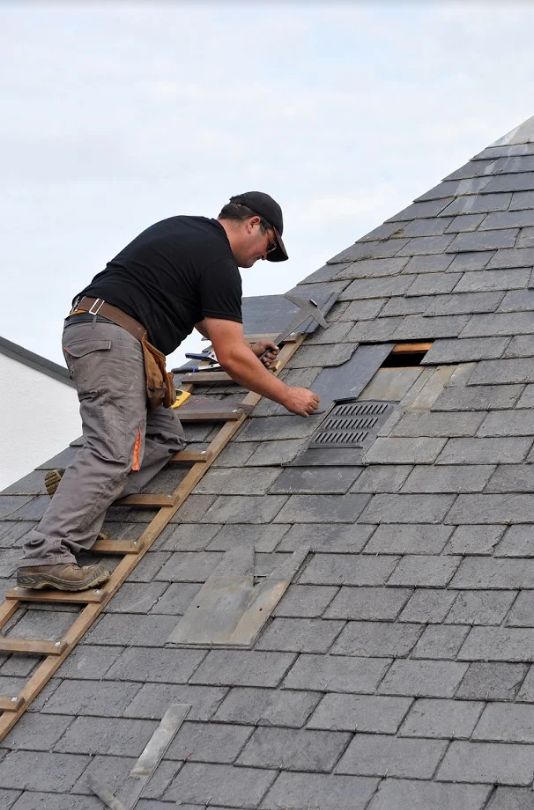

Old Roof Removal
Removing old roofing materials is typically the noisiest and most disruptive part of the process. Crews strip away shingles, underlayment, and flashing to expose the roof deck, providing an opportunity to address any hidden damages such as rotting wood or deteriorated insulation. This thorough approach ensures your new roof is built on a solid foundation.
Installation of New Materials
After the old materials are removed, the installation begins. Roofing specialists lay down new underlayment and flashing before adding the final roofing material you choose. Attention to detail—including proper sealing and nail placement—is crucial for weather resistance and longevity. Expect regular updates from your contractor as each section is completed.
Post-Installation Procedures
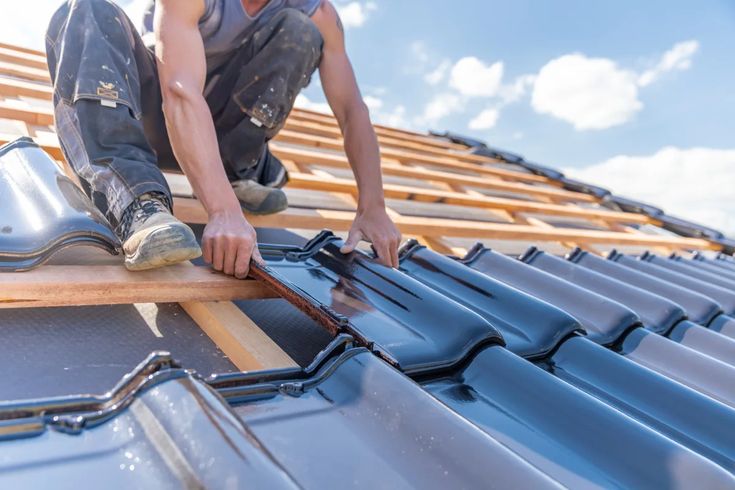
Final Inspection
After installation, a comprehensive inspection ensures the new roof meets all quality standards and building codes. Every detail, from ridge vent placement to gutter attachment, is reviewed. If corrections are needed, they are addressed before the contractor departs.
Cleanup
Professional crews are responsible for cleaning up all debris, stray nails, and equipment remnants from your property. A thorough cleanup restores your yard and exterior to its original condition, ensuring your durable new roof is the only evidence of work done.
Common Challenges and Solutions

Weather Delays
Unexpected weather can delay scheduling and progress, especially during stormy or winter months. A reputable contractor will build flexibility into your schedule and keep you informed if adjustments become necessary. Planning your project during a predictable weather season can help minimize these setbacks.
Unexpected Repairs
Sometimes, hidden issues such as moisture damage or deteriorating structural elements are only discovered after the old roof is stripped away. Reliable contractors inform homeowners immediately, outline additional repair options, and explain any adjustments to the timeline or cost. Setting aside a contingency fund at the start of your project reduces stress when unforeseen costs occur.
Maintaining Your New Roof
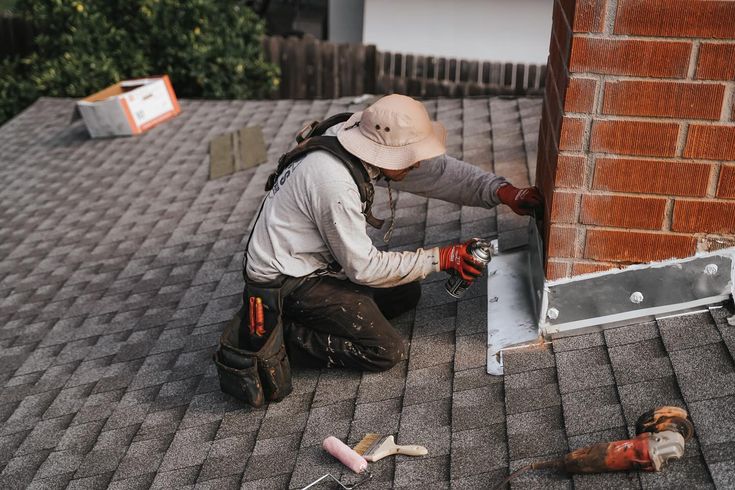
Regular Inspections
Once your new roof is installed, regular inspections—preferably every spring and fall—help catch minor wear, flashing issues, or potential leaks before they become costly repairs. Simple maintenance steps extend roof life and preserve your home’s value.
Gutter Maintenance
Clogged gutters can cause water to back up and compromise your roof’s integrity. Clean gutters twice yearly and after heavy storms, removing all debris and checking for blockages. Proper drainage protects your roof and prevents basement or foundation damage.
Final Thoughts

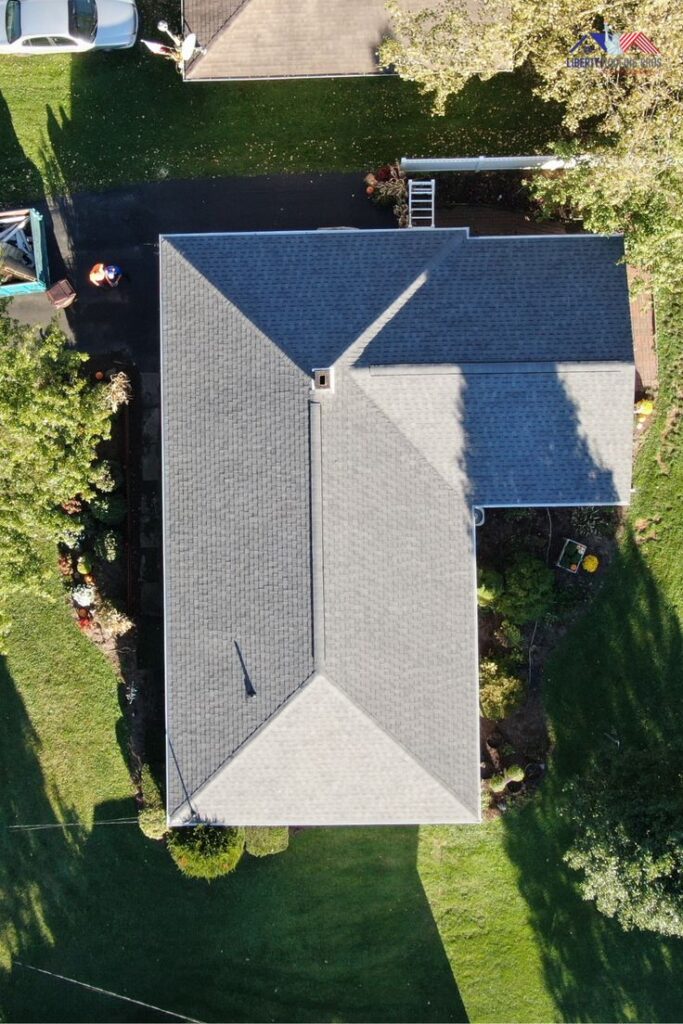
A successful roof replacement hinges on thorough planning, open communication with contractors, and diligent post-installation care. By understanding each phase, anticipating challenges, and making informed choices, homeowners can ensure their investment protects their home for decades. Proactive involvement and reliable partners turn roof replacement from a daunting task into a rewarding upgrade for your property.
- 0shares
- Facebook0
- Pinterest0
- Twitter0


